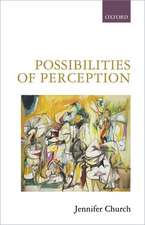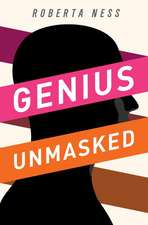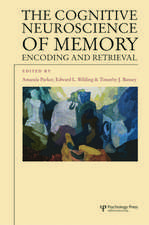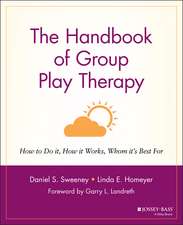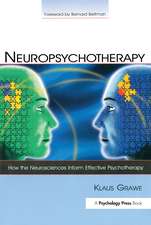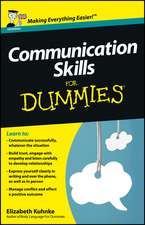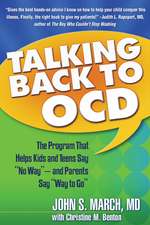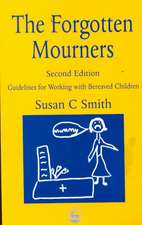Making Sense of Children's Drawings
Autor John Willatsen Limba Engleză Hardback – 26 mai 2005
Theories of perception developed in the second half of the 20th century enable us to construct a new theory of children's drawings that can account for their many strange features. Earlier accounts contained valuable insights, but recent advances in the fields of language, vision, philosophy, and artificial intelligence now make it possible to resolve the many contradictions and confusions inherent in these early writings.
John Willats has written a book that is accessible to psychologists, artists, primary and junior schoolteachers, and parents of both gifted and normal children.
| Toate formatele și edițiile | Preț | Express |
|---|---|---|
| Paperback (1) | 413.33 lei 6-8 săpt. | |
| Taylor & Francis – 26 mai 2005 | 413.33 lei 6-8 săpt. | |
| Hardback (1) | 1004.24 lei 6-8 săpt. | |
| Taylor & Francis – 26 mai 2005 | 1004.24 lei 6-8 săpt. |
Preț: 1004.24 lei
Preț vechi: 1224.69 lei
-18% Nou
Puncte Express: 1506
Preț estimativ în valută:
192.19€ • 199.90$ • 158.66£
192.19€ • 199.90$ • 158.66£
Carte tipărită la comandă
Livrare economică 15-29 aprilie
Preluare comenzi: 021 569.72.76
Specificații
ISBN-13: 9780805845372
ISBN-10: 0805845372
Pagini: 274
Dimensiuni: 152 x 229 x 23 mm
Greutate: 0.57 kg
Ediția:1
Editura: Taylor & Francis
Colecția Psychology Press
Locul publicării:Oxford, United Kingdom
ISBN-10: 0805845372
Pagini: 274
Dimensiuni: 152 x 229 x 23 mm
Greutate: 0.57 kg
Ediția:1
Editura: Taylor & Francis
Colecția Psychology Press
Locul publicării:Oxford, United Kingdom
Public țintă
ProfessionalCuprins
Contents: Preface. Introduction. Part I: Studying Children's Drawings. Contradictions and Confusions. In the Beginning. The Early Years. Where Do We Go From Here? Regions. Lines, Line Junctions, and Perspective. Part II: Mental Processes. "Seeing in" and the Mechanism of Development. The Drawing Process. Part III: Child Art. Children as Artists. Art Education. Summing Up. Appendix.
Recenzii
"This new, pioneering book addresses the typical questions about this complex research area, but does it in a way that feels more convincing than most other writings on the subject. It is an especially rigorous look, which takes nothing for granted and does not hesitate to doubt even the most sacred assumptions about children's drawings."
—Leonardo Digital Reviews
—Leonardo Digital Reviews
Descriere
The message of this book is a simple one: children learn to draw by acquiring increasingly complex and effective drawing rules. In this regard, learning to draw is like learning a language, and as with language children use these rules creatively, making






